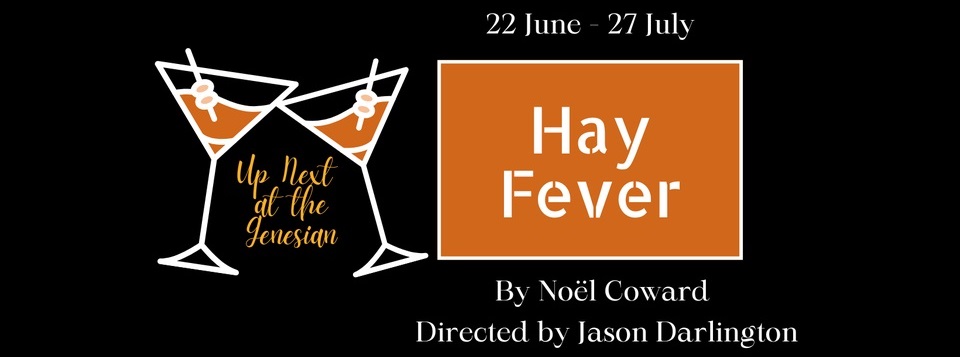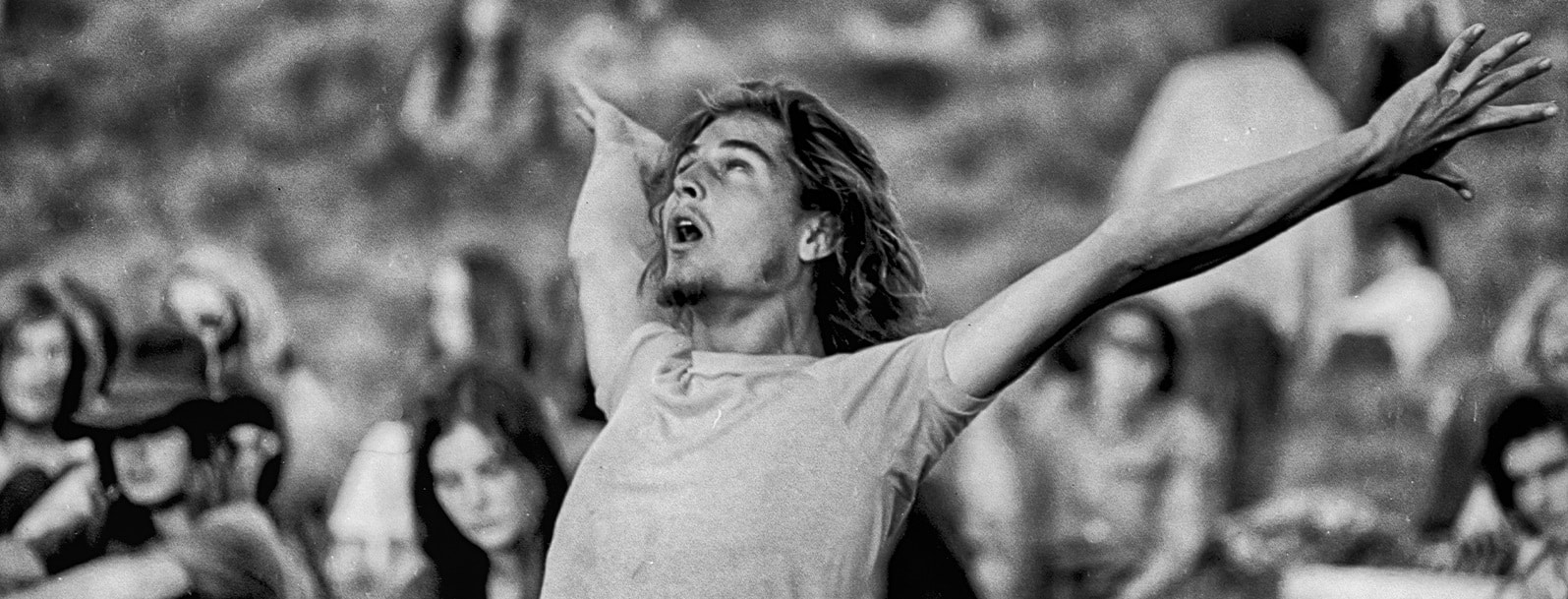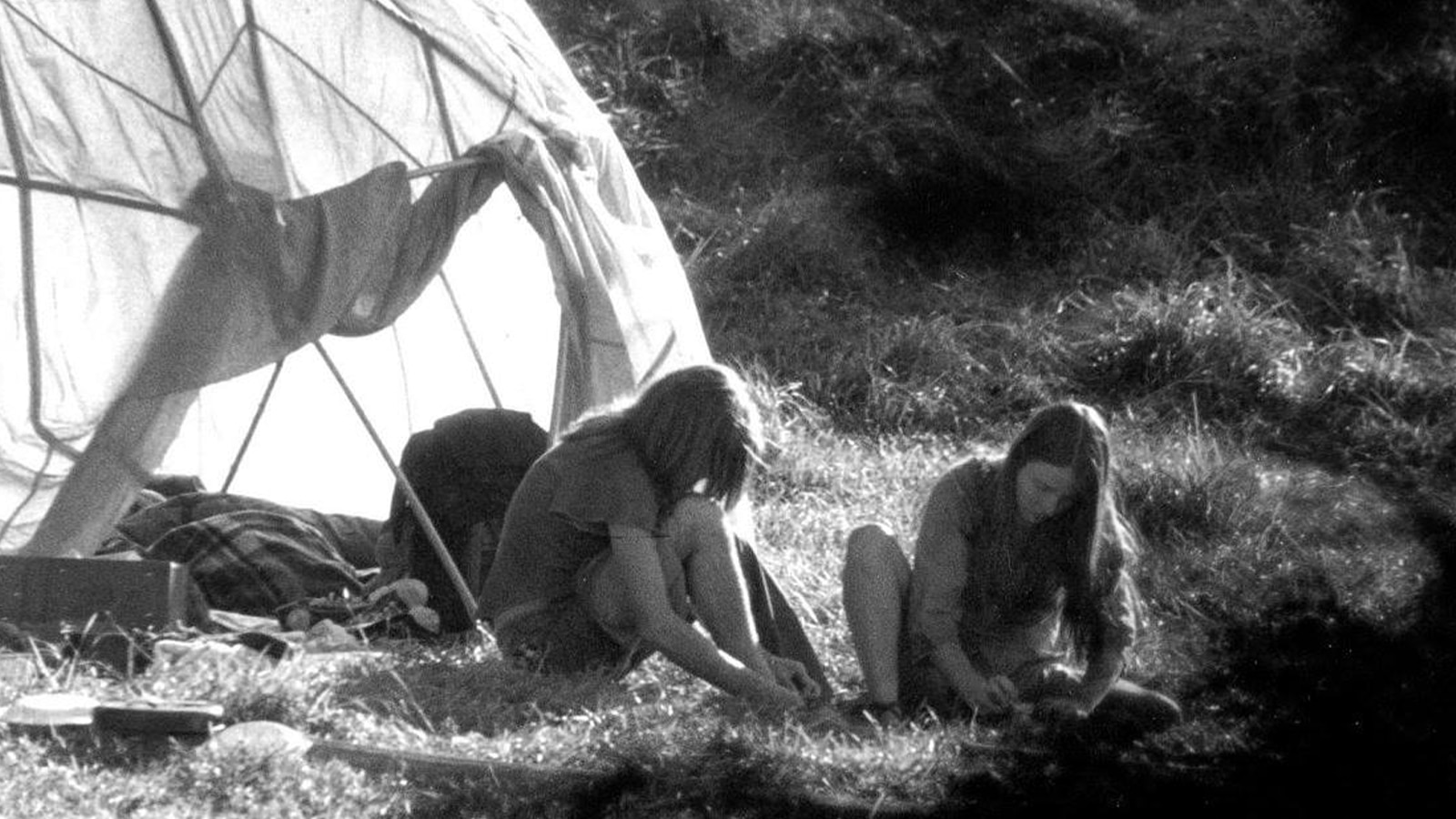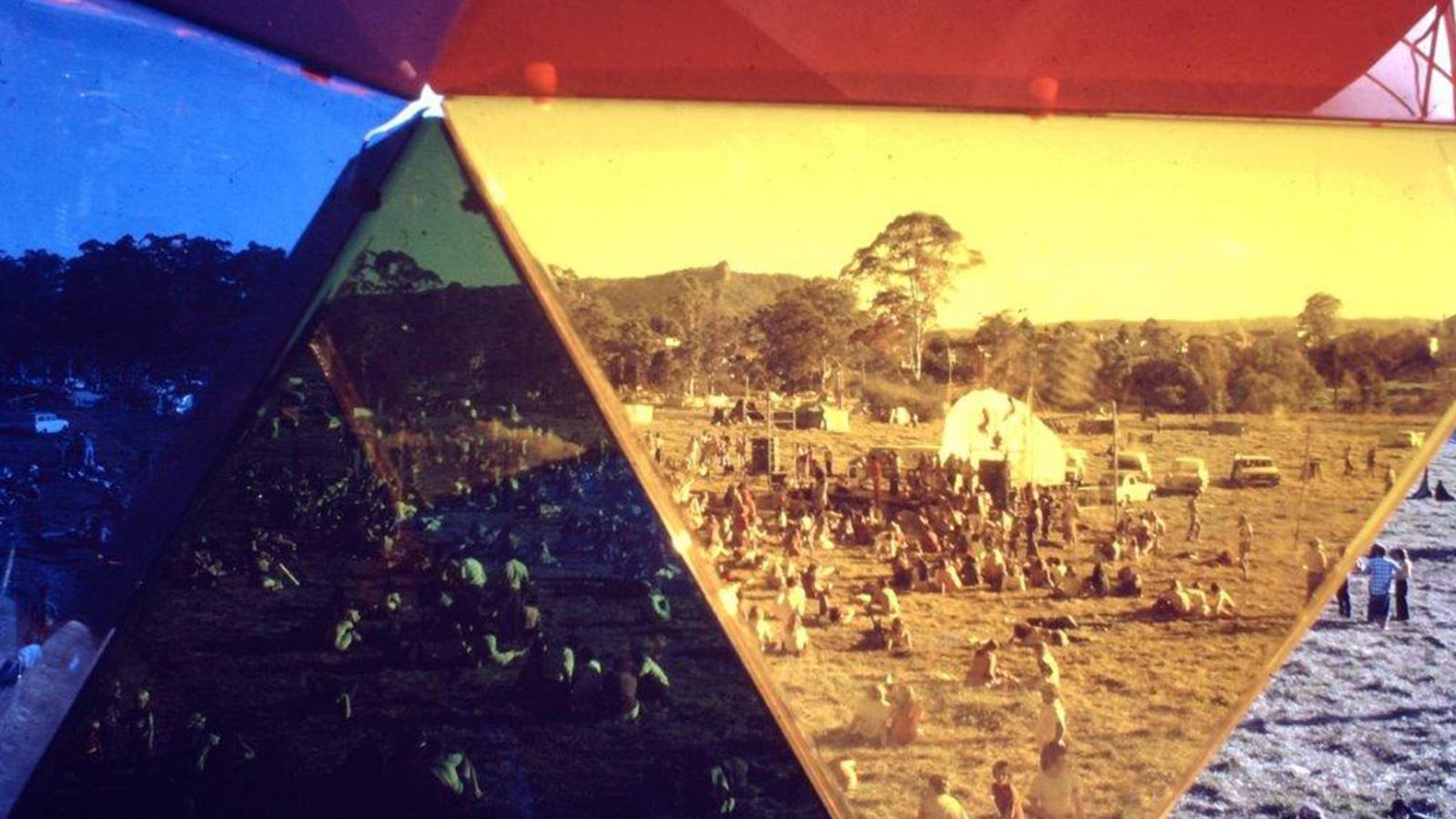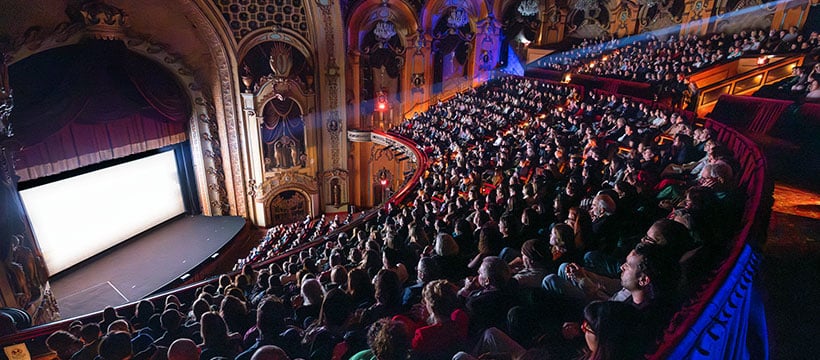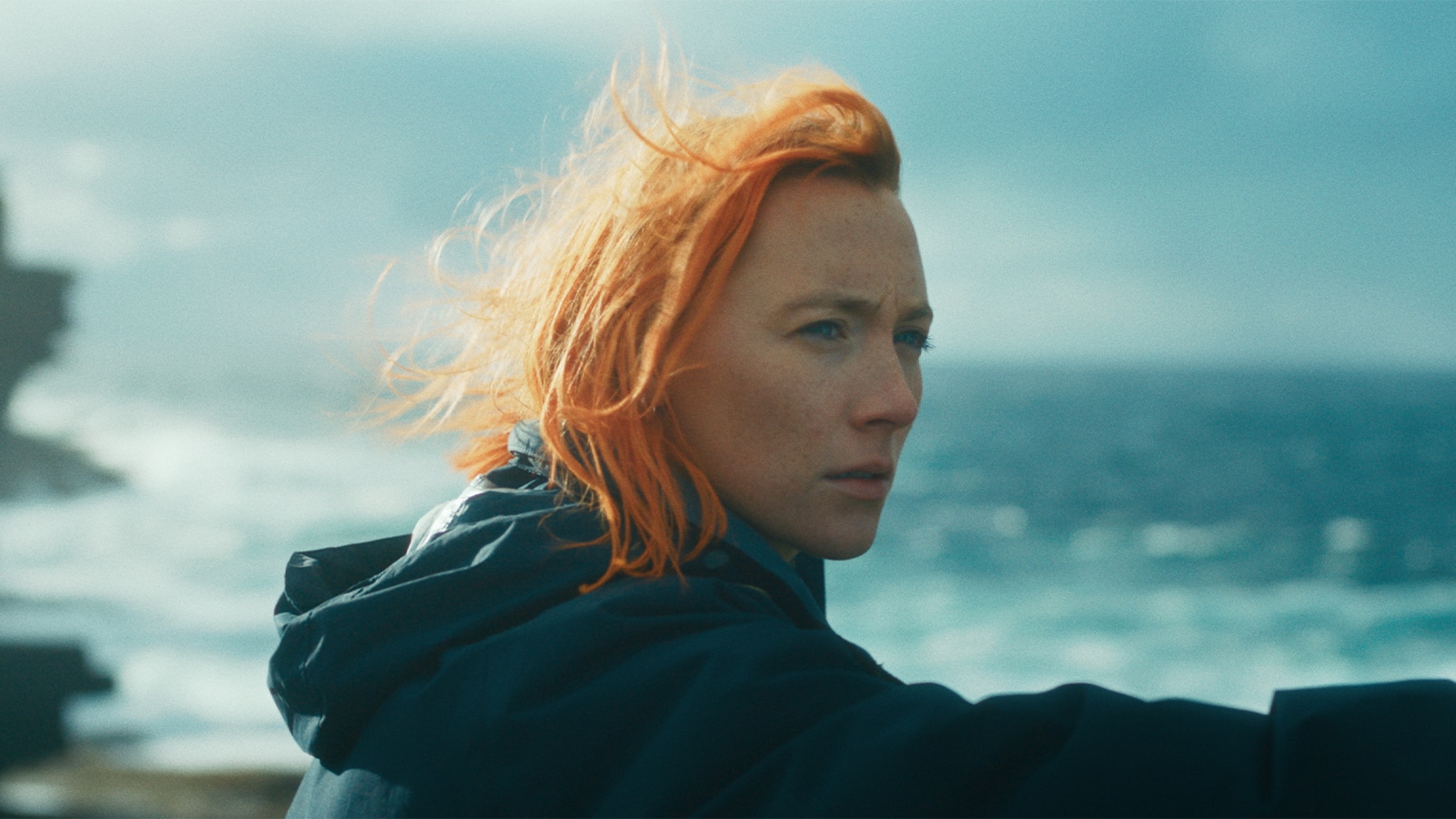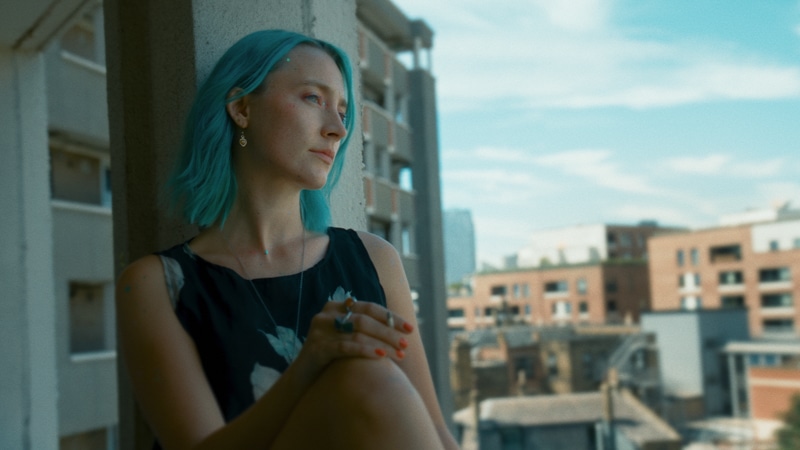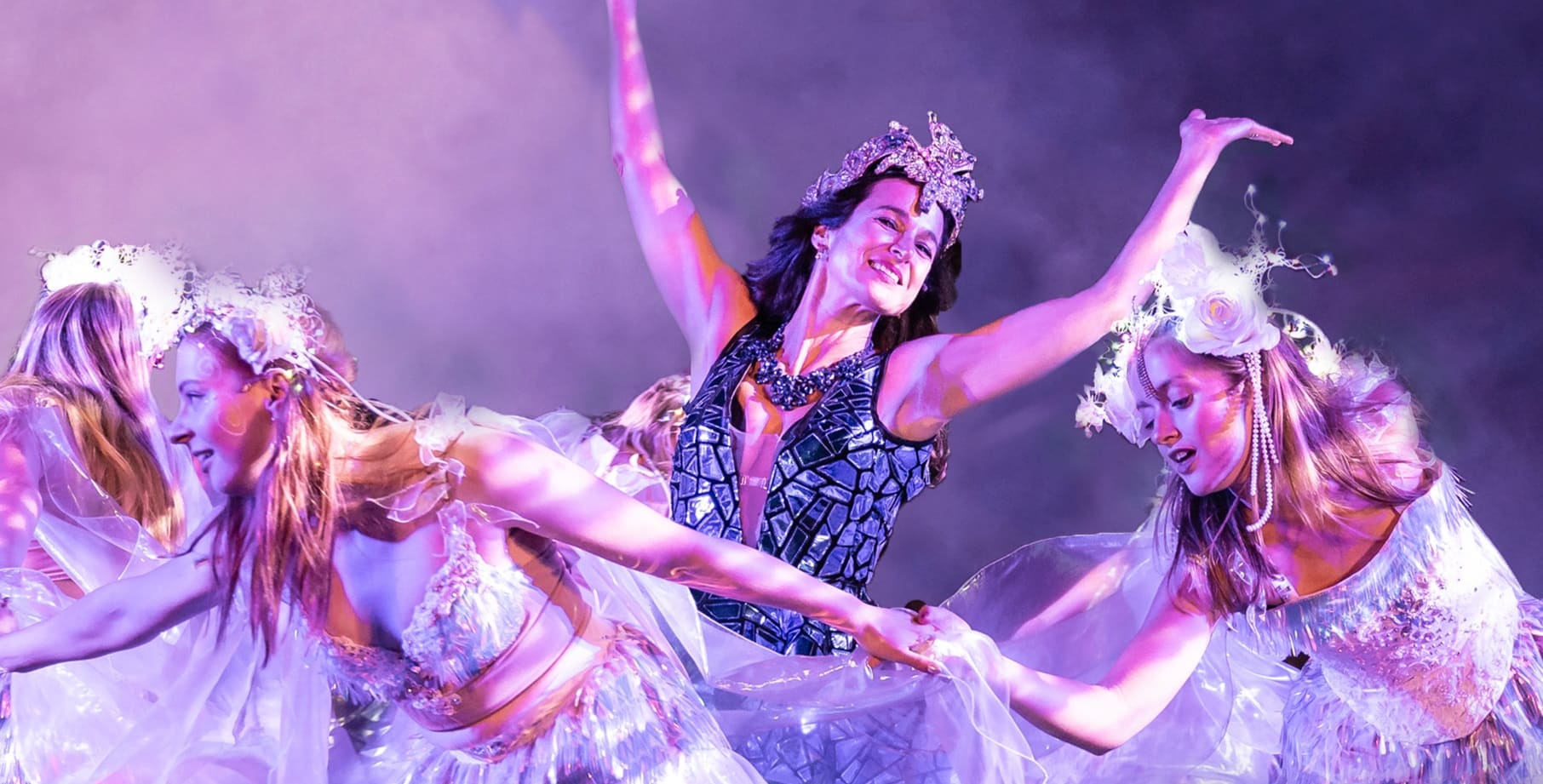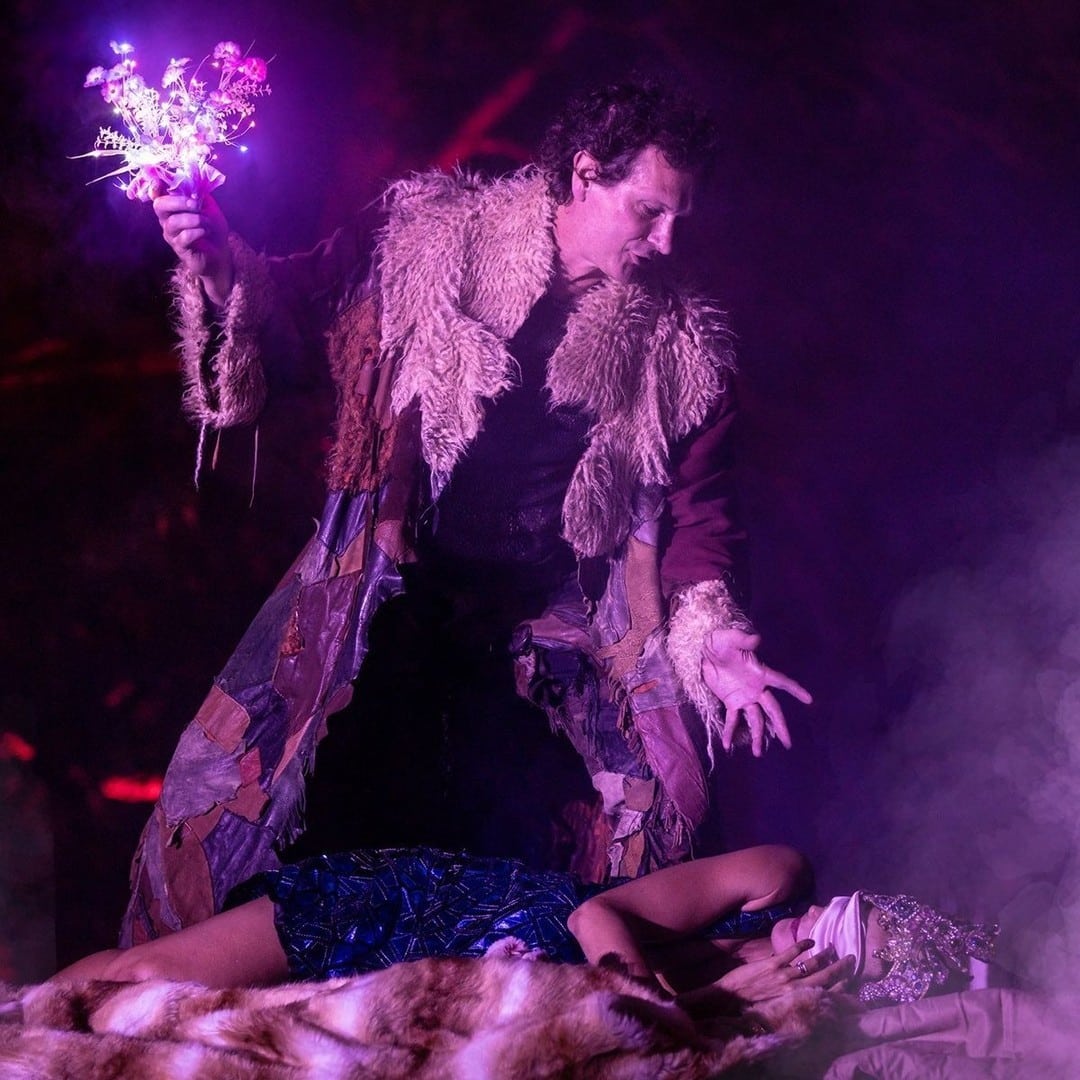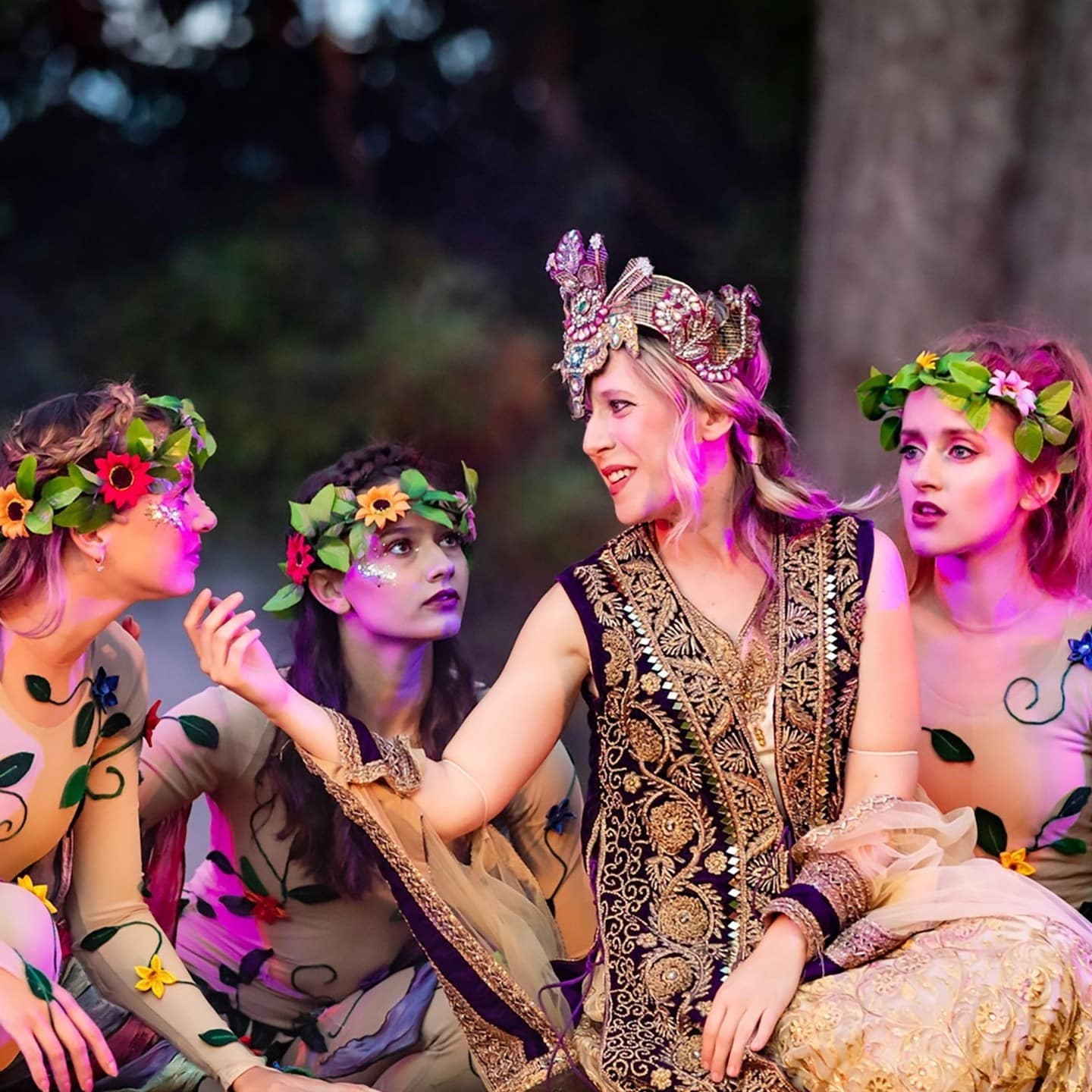It’s been 100 years since Noel Coward wrote his absurd comedy Hay Fever, and it’s played in theatres worldwide. Told in three acts, it follows a weekend in the Bliss family home, each of which has invited a guest over for the weekend without informing the others. When the guests arrive, the eccentric family’s theatrics and bickering cause plenty of absurdity and laughs.
Jason Darlington makes his directorial debut at the Genesian Theatre on Kent Street in Sydney, keeping the play set in the 1920s as originally written. Even in a modernised contemporary setting, this story would still make a testament to the timelessness of Coward’s writing, but it was fitting to go back to the decadence, style, and vocalisation of the 1920s when it was originally written.
The set design and associated props were spot-on and drew me into the Bliss household. The little details, such as the bookcase, staircase, picture frames, and period-correct china and tea set, really help draw the audience into the world. The 1920s costumes provide a strong sense of time and place, and my favourites were Sorel’s evening dress and Myra’s Flapper outfits.
The play has a large cast, including four members of the Bliss family, their housekeeper, and four guests. The performances from the cast were thoroughly enjoyable, as were the haughty and snobbish upper-class British accents. Maintaining the humour and timing of the dialogue is challenging, especially on opening nights, but the ensemble accomplished an excellent job.
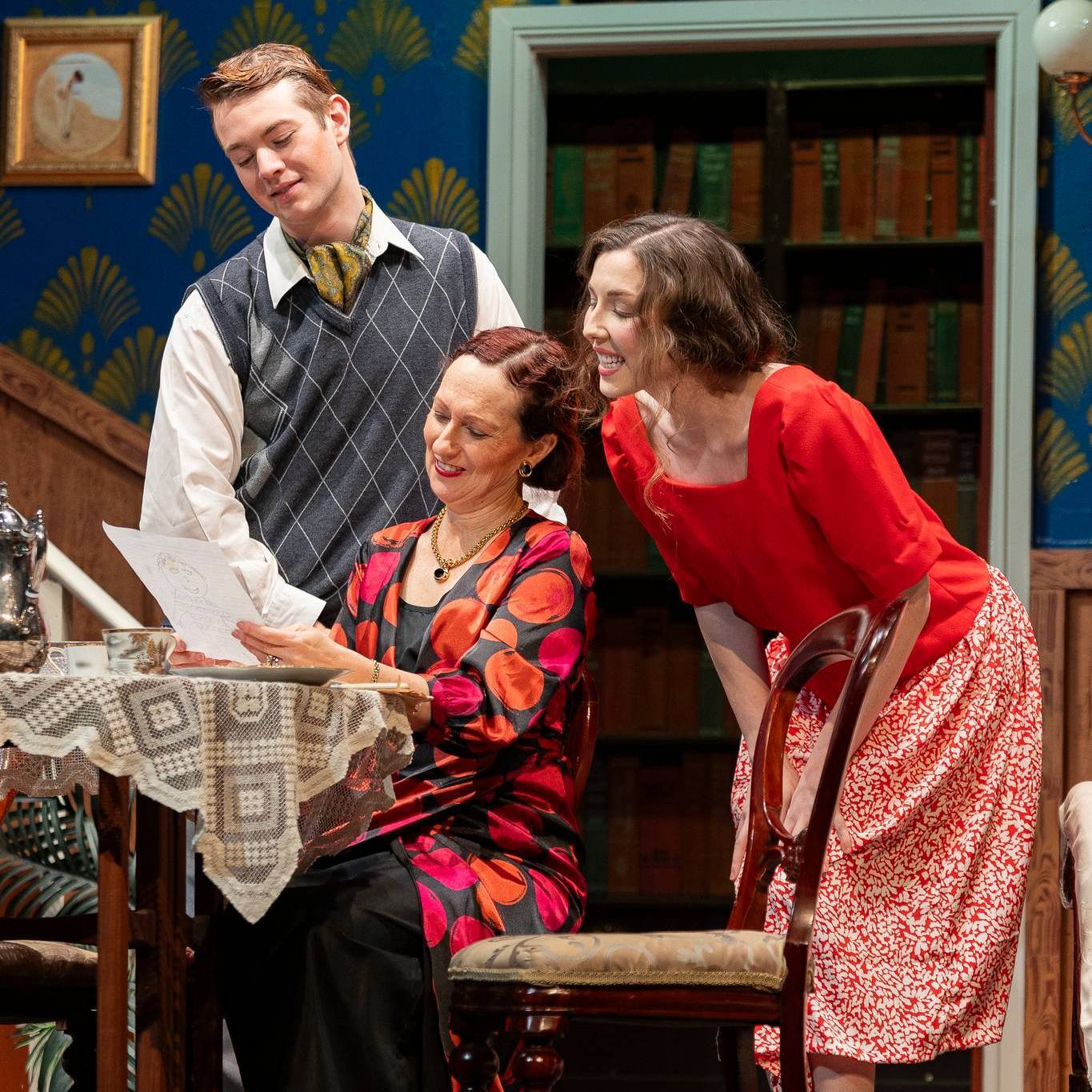
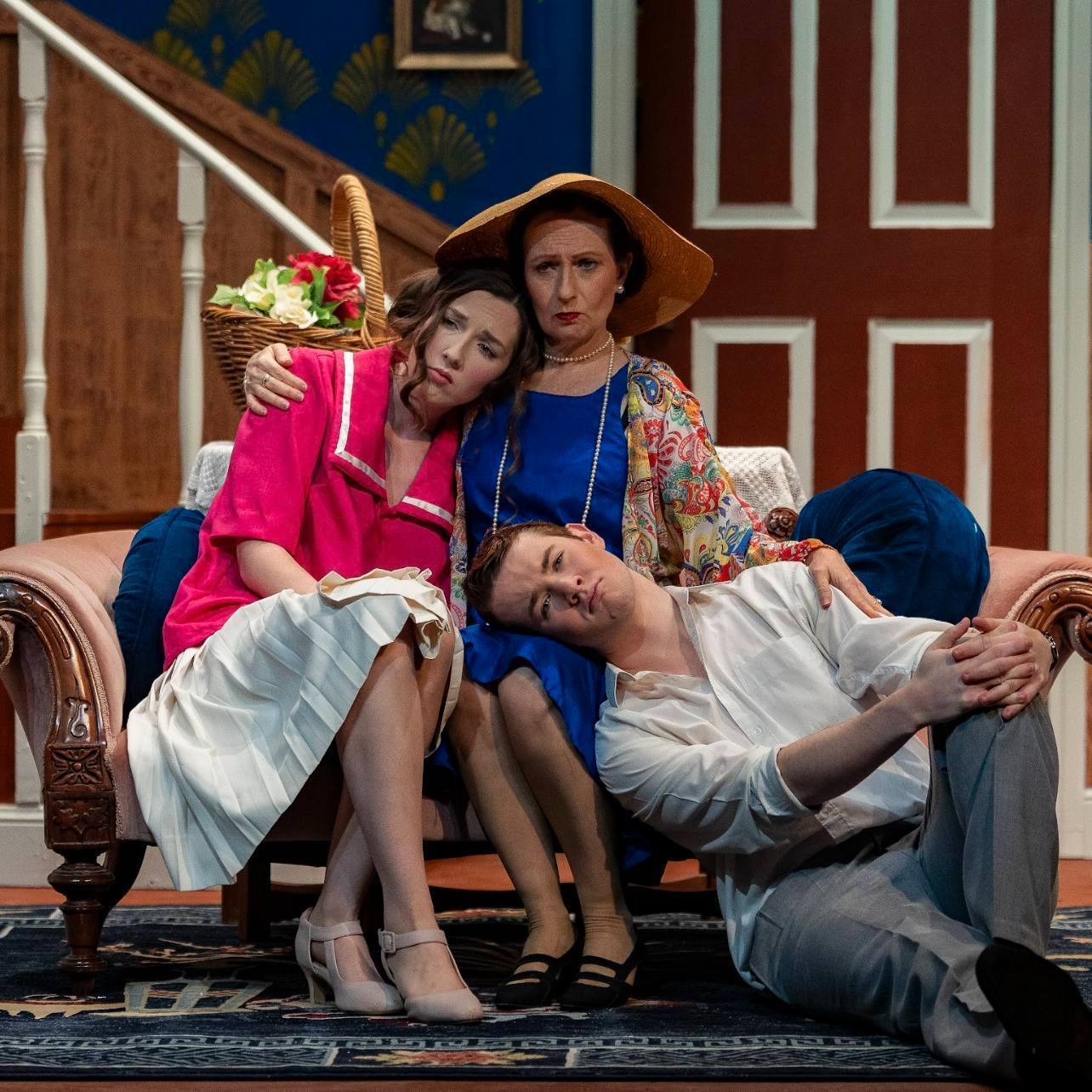
Each character gets plenty of stage time, with the second act broken down into several sequences where a successive pair of actors dominate the stage. The jokes, the timing, and the energy all work well, with Zoe Wilson as Sorel Bliss and Elizabeth MacGregor as the matriarch Judith Bliss being especially noteworthy. Judith is a retired actress, and her subsequent theatrics were a lot of fun.
The story itself is quite soft and situational, and it’s not trying to be anything more than an absurd little romp. Much of it seems outlandish, like how quickly the characters seem to fall in love with each other, but given the theatrical and creative background of the Bliss family, it suits the characters and makes enough sense to be fun. The audience enjoyed many laughs, especially towards the end of the second act.
Despite some opening night quirks, Hay Fever is an energetic, fun, and worthwhile experience at the Genesian Theatre. Its lively performances make it a production worth your time.
Hay Fever runs from 22nd June to 27th July, with sessions running on Friday and Saturday nights at 7.30 pm and a Sunday matinee at 4.30 pm.
